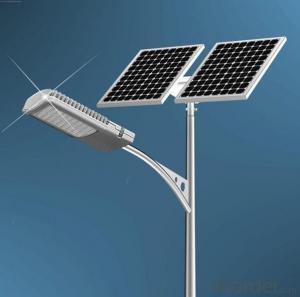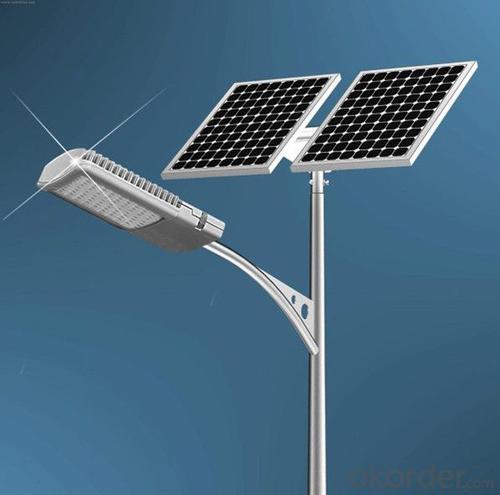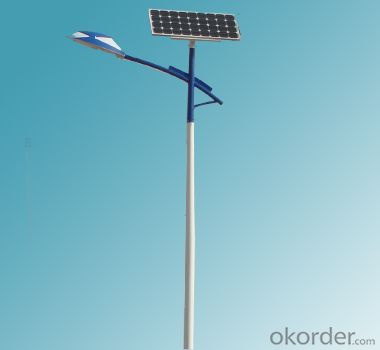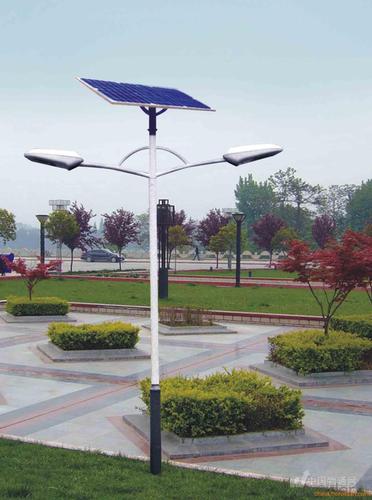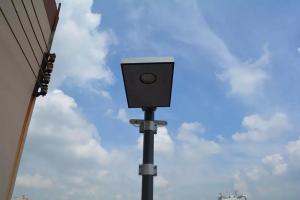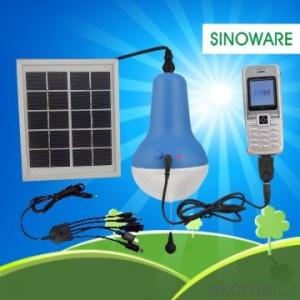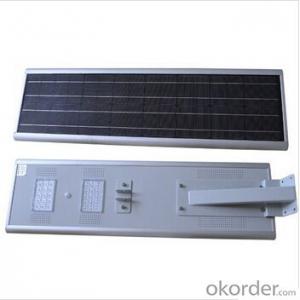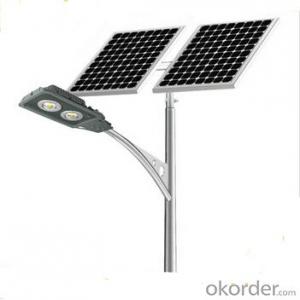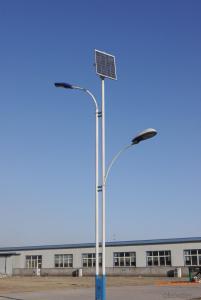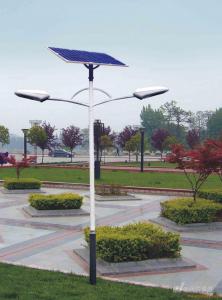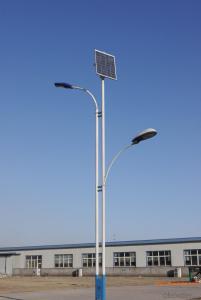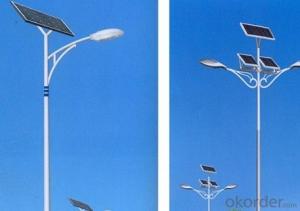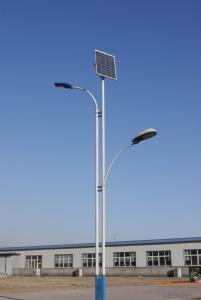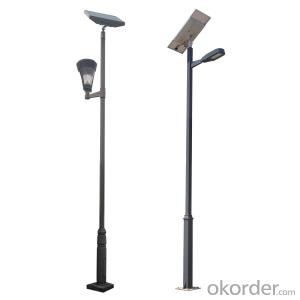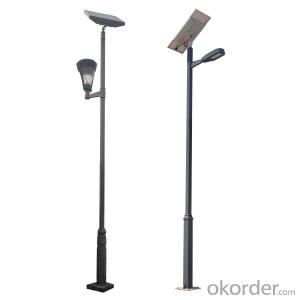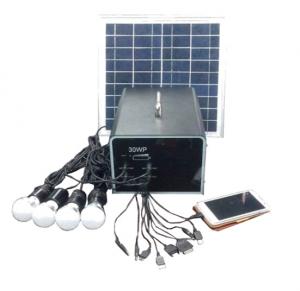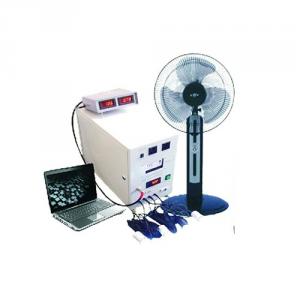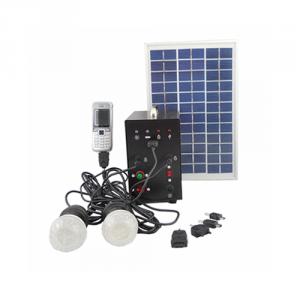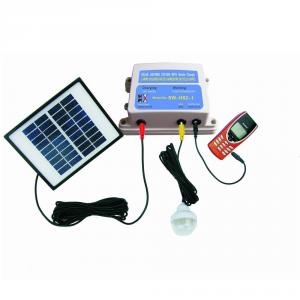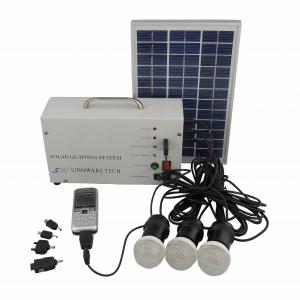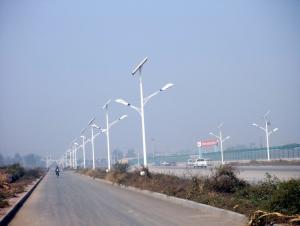Solar Light Clips for Solar Street Lamps - Environmental Friendly, Cost Saving, 2wt
- Loading Port:
- Ningbo
- Payment Terms:
- TT OR LC
- Min Order Qty:
- 1 set
- Supply Capability:
- 5000 set/month
OKorder Service Pledge
OKorder Financial Service
You Might Also Like
Step 1 – Find area in need of street lights
The first thing to figure out is the length of road in need of street lights. This can be a small entrance road only a couple hundred of feet long to miles of streets through an area. Does the area currently have any type of lighting available? What is the reason for needing street lights in this area?
Step 2 – Find out if electric is available
Is the electrical grid already nearby or would you need to call in the power company to bring in electrical lines? If the electric needs to be brought to the area, how much is this going to cost? Depending on how far the grid electric is from the location of the needed lighting, this can be quite expensive.
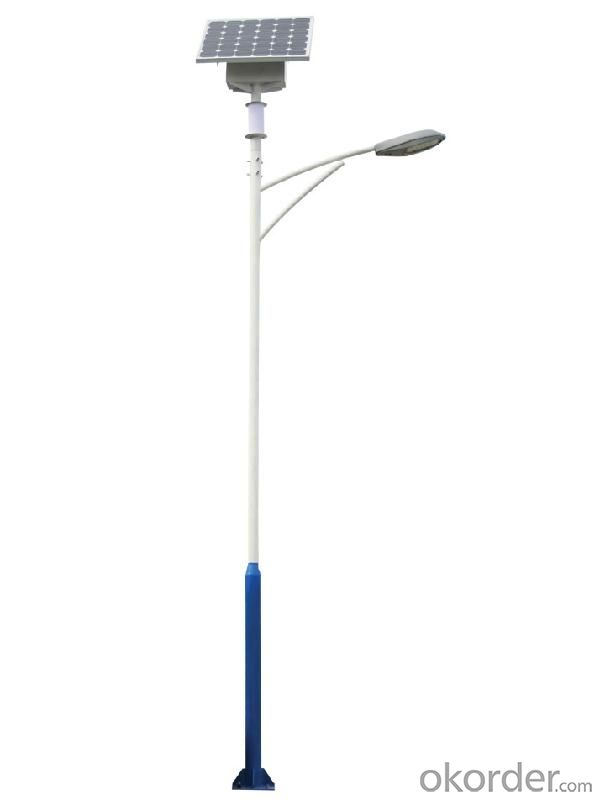
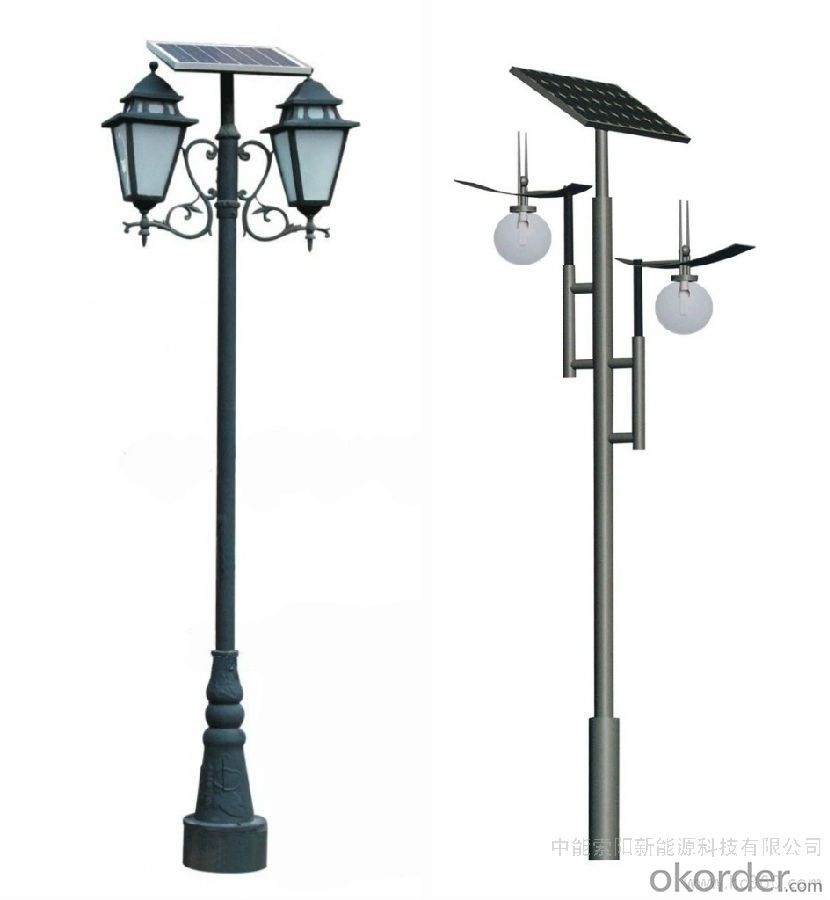
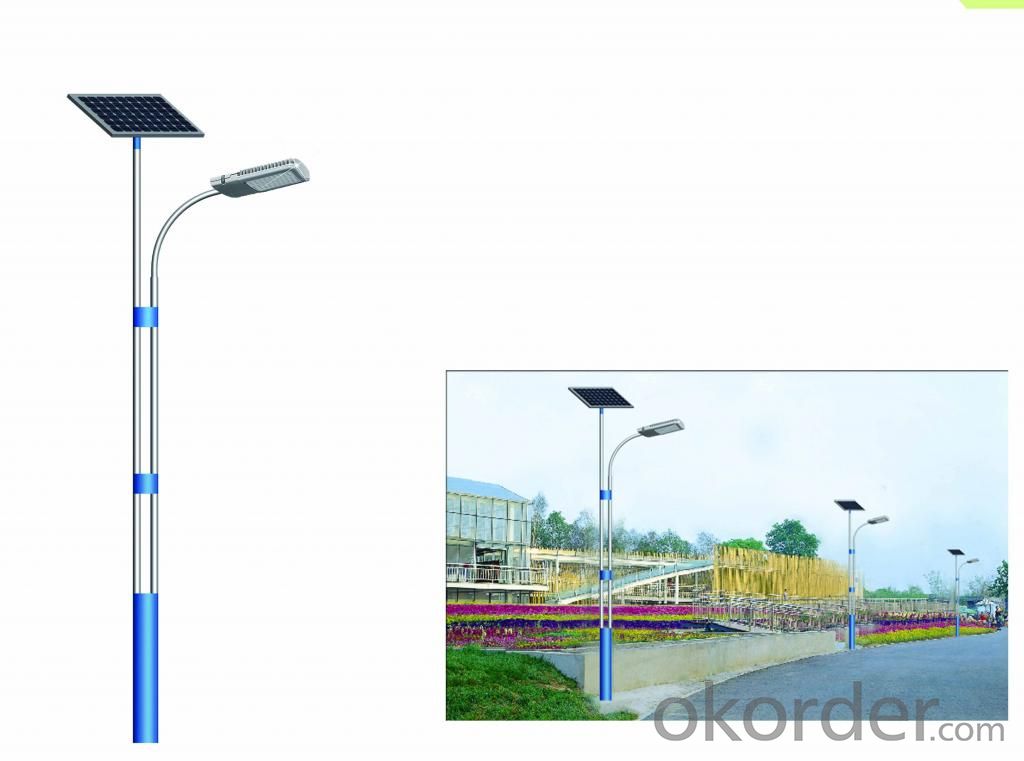
Step 3 – Determine the lighting requirements
How much lighting is needed on the street? Do the lights need to be dark sky compliant? Do the street lights need to run from dusk to dawn or for only a specified number of hours at night? Are the street lights able to dim in the middle of the night and still provide enough lighting? These questions need to be answered before you can decide on how many lights you will need to complete the project.
Step 4 – Find all alternatives
Solar power street lights are an option to traditional electrical lights. Solar street lights do not need the electrical grid to be brought in as they are self-contained units that provide their own electric provide the best lighting solution by using lower amounts of power, better optics, dimming features where needed, and cost less in an overall solution.
Step 5 – Contact companies for quotes
The last step after gathering the above information is to contact companies for quotes. Just like with anything else, get multiple quotes and weigh the pros and cons of every company and situation. The lowest quote is not always the best, so make sure to do your research on companies and products before you submit a purchase order.
If you take your time, do your research, and gather needed requirements, your next street lighting project will be a success. Never be afraid to ask a lot questions, they may save you time and money in the long run.
- Q: Can solar lights be used for public squares or plazas?
- Yes, solar lights can definitely be used for public squares or plazas. Solar lights are a sustainable and cost-effective lighting solution that can provide adequate illumination for outdoor spaces, including public squares and plazas. They harness energy from the sun during the day and store it in batteries, which powers the lights during the night. Solar lights are easy to install, require minimal maintenance, and can enhance the safety and aesthetics of public spaces while reducing energy consumption and carbon footprint.
- Q: How do solar lights turn off in the morning?
- Solar lights have built-in sensors called photoresistors that detect the amount of light in their surroundings. When the sun rises and daylight becomes strong enough, the photoresistor triggers the solar light to turn off automatically.
- Q: How do solar lights handle voltage drops over long cable distances?
- Solar lights typically have built-in circuitry that helps them handle voltage drops over long cable distances. This circuitry can compensate for the voltage drop by adjusting the current flow or by boosting the voltage to ensure that the light receives the necessary power to function properly. Additionally, some solar lights may have a higher voltage output from the solar panel to help counteract the voltage drop.
- Q: Can solar lights be used for outdoor restaurant or café lighting?
- Yes, solar lights can be used for outdoor restaurant or café lighting. They are a sustainable and cost-effective option as they draw energy from the sun and do not require electricity. Additionally, solar lights come in various designs and styles, allowing for customization to match the ambiance of the outdoor space.
- Q: Are solar lights expensive to maintain?
- Maintaining solar lights is not expensive at all. In fact, they are quite affordable when compared to conventional lighting alternatives. Upon installation, solar lights do not demand any extra expenses for their operation since they solely rely on solar energy to function. Moreover, solar lights eliminate the need for wiring or electricity, resulting in reduced costs for installation and maintenance. The only maintenance required is occasionally cleaning the solar panels to ensure optimal efficiency. All in all, solar lights are an economical and environmentally friendly lighting solution that necessitates minimal upkeep.
- Q: Are solar lights suitable for camping trips?
- Yes, solar lights are suitable for camping trips. They are portable, environmentally friendly, and provide a reliable source of light without the need for batteries or electricity. Solar lights can be charged during the day and used at night, making them a convenient and sustainable option for illuminating campsites.
- Q: How do solar lights handle electromagnetic interference from nearby structures?
- Solar lights are designed to handle electromagnetic interference (EMI) from nearby structures to some extent. However, the level of interference they can tolerate may vary depending on the specific design and quality of the solar light. EMI can be generated by various sources, such as power lines, electrical equipment, and even wireless communication devices. These electromagnetic waves can potentially affect the functionality and performance of solar lights. To mitigate the impact of EMI, solar lights are usually equipped with shielding mechanisms and filters. These components help to minimize the electromagnetic radiation that can interfere with the internal circuitry of the light. Furthermore, solar lights are often designed with robust circuitry that can withstand a certain level of interference. This includes the use of high-quality components and proper grounding techniques to minimize the impact of EMI. However, it is important to note that solar lights may not be completely immune to all types of electromagnetic interference. In cases where the nearby structures generate particularly strong or specific frequencies of EMI, it is possible for the solar lights to experience some level of disruption or interference. To ensure optimal performance and minimize the impact of EMI, it is recommended to install solar lights in locations that are not in close proximity to strong sources of electromagnetic radiation. Additionally, regular maintenance and inspection of the lights can help identify any potential issues caused by nearby structures and allow for appropriate remedies to be implemented.
- Q: Can solar lights charge on a cloudy day?
- Solar lights can charge on a cloudy day, but the process may be slower compared to a sunny day. These lights use photovoltaic cells to convert sunlight into electricity, so they do need some sunlight to charge. Even when it's cloudy, there is still sunlight reaching the Earth's surface, although it may be weaker or scattered. The solar panels in the lights can still absorb this light and convert it into energy, allowing the lights to charge and work, though at a slower pace. However, if the clouds are too thick or the day is extremely overcast, there may not be enough sunlight for the lights to charge effectively. In those cases, the lights may not charge fully or may not last as long as they would on a sunny day.
- Q: Can solar lights be used for RV and boat lighting?
- Yes, solar lights can be used for RV and boat lighting. Solar lights are an excellent option for these applications as they are energy-efficient, portable, and do not require any wiring or external power source. They can be easily installed on the roof, deck, or any other suitable location, providing a reliable and sustainable lighting solution.
- Q: Do solar lights have a timer function?
- Yes, many solar lights have a timer function that allows you to set the duration for which they stay illuminated.
Send your message to us
Solar Light Clips for Solar Street Lamps - Environmental Friendly, Cost Saving, 2wt
- Loading Port:
- Ningbo
- Payment Terms:
- TT OR LC
- Min Order Qty:
- 1 set
- Supply Capability:
- 5000 set/month
OKorder Service Pledge
OKorder Financial Service
Similar products
Hot products
Hot Searches
Related keywords
